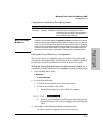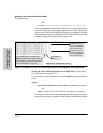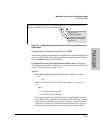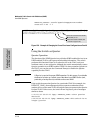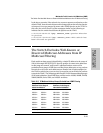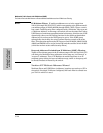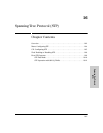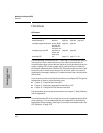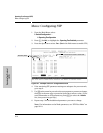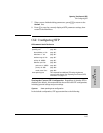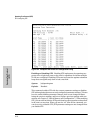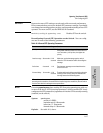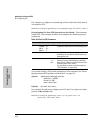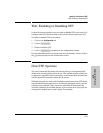
16-2
Spanning Tree Protocol (STP)
Overview
Spanning Tree Protocol
(STP)
Overview
STP Features
Use the Spanning Tree Protocol (STP— IEEE 802.1D) to ensure that only one
active path at a time exists between any two nodes on the network. In
networks where there is more than one physical, active path between any two
nodes, enabling STP ensures a single active path between such nodes by
blocking all redundant paths. Without STP, having more than one active path
between a pair of nodes causes loops in the network, which can result in
duplication of messages, leading to a “broadcast storm” that can bring down
the network.
You can use any of the switch’s built-in interfaces to configure STP. For general
information on how to use the interfaces, see:
■ Chapter 2, “Using the Menu Interface”
■ Chapter 3, “Using the Command Line Interface (CLI)”
■ Chapter 4, “Using the HP Web Browser Interface
For information on how to use switch memory, see chapter 5, “Switch Memory
and Configuration”.
Note You should enable STP in any switch that is part of a redundant physical link
(loop topology). (It is recommended that you enable STP on all switches
belonging to a loop topology.) This topic is covered in more detail under “How
STP Operates” on page 16-9.
Feature Default Menu CLI Web
viewing the STP configuration n/a page 16-4 page 16-5 —
enable/disable STP disabled page 16-4 page 16-6 page 16-9
reconfiguring general operation priority: 32768
max age: 20 s
hello time: 2 s
fwd. delay: 15 s
page 16-4 page 16-7
reconfiguring per-port STP path cost: var
priority: 128
mode: norm
page 16-4 page 16-8
monitoring STP n/a page 17-17 page 17-17 n/a




